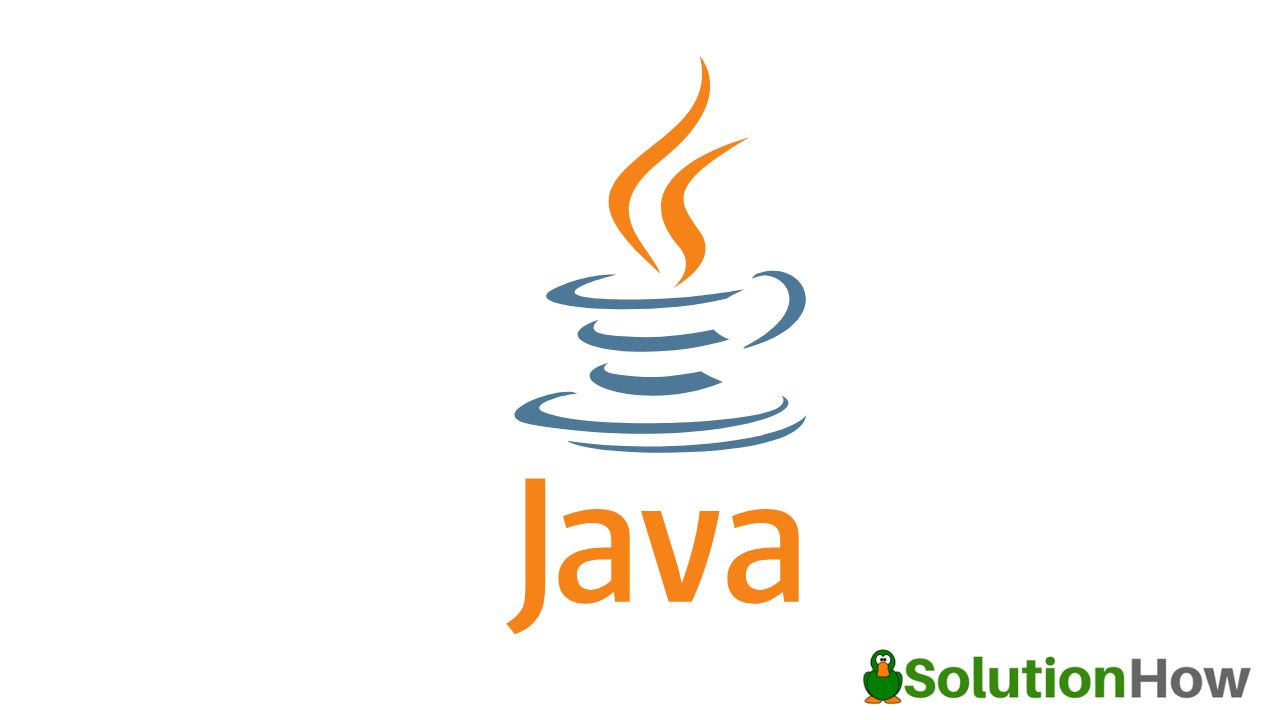
JavaScript
As developers, the code you write is your digital fingerprint, leaving a lasting mark on your projects. Clean, maintainable code is not just a luxury; it’s a necessity. It can mean the difference between code that’s a joy to work with and a tangled mess that keeps you awake at night. You need to ensure your JavaScript framework based projects remain efficient and manageable. That’s where JavaScript best practices come in!
In this article, we’ll dive into the world of JavaScript best practices. We’ll explore how they elevate code quality and outline essential guidelines to keep your projects running smoothly. Let’s get (code) cleaning!
Code Formatting and Styling
Code formatting may not be the most glamorous part of programming. But it plays a pivotal role in making your code readable and maintainable. It’s essential to stick to a consistent code style to ensure that your codebase remains comprehensible. This is especially true when working in a team.
To achieve this, it’s recommended to adhere to popular code style guides. Airbnb and Google have comprehensive JavaScript style guides that you can refer to as a starting point. These guides provide clear rules for code indentation, variable naming, and more.
Code linters like ESLint are invaluable tools for enforcing code style rules automatically. They help in
- identifying and rectifying formatting inconsistencies,
- ensuring that your code aligns with the established standards,
- following specific style guides by offering different configurations and
- seamless integration of your code with popular code editors and IDEs.
Variable and Function Naming
Meaningful variable names are key to code readability. Instead of using cryptic abbreviations, opt for descriptive names that make it clear what the variable contains or represents. For instance, use userCount instead of UC. This ensures that anyone reading your code can easily understand its functionality.
When it comes to naming functions and classes, follow a similar principle. Make function and class names descriptive and self-explanatory. A function that retrieves user data might be named getUserData(). Or, CamelCase might be a class, while camelCase might be a function and/ or a variable. This standardization improves code clarity and maintainability.
Commenting and Documentation
Comments are invaluable for explaining the why of your code. They provide context, explanations, and insights into the logic behind the code. While overuse of comments can clutter your code, judiciously placed comments can be a developer’s best friend. Here are a few commenting best practices:
- Write clear and concise comments.
- Be sure to explain complex logic, non-obvious decisions, and any potential gotchas.
- Keep your comments up-to-date; there’s nothing worse than misleading comments.
Tools like JSDoc can automatically generate documentation from your comments. This not only helps with code maintenance but also enables better collaboration among team members who can understand and work with your code.
Modularity and Code Organization
Modularity is a fundamental concept in maintaining clean and scalable code. Break your code into manageable, reusable modules, each responsible for a specific part of your application.
Separation of concerns is another gem while developing web applications. It involves separating code into different layers or files. This keeps different aspects of your application, such as user interface, business logic, and data storage, in separate modules. For example, keep HTML, CSS, and JavaScript in separate files or directories. This makes it easier to manage, troubleshoot, and debug your code.
Error Handling
Robust error handling is critical for maintaining a stable, reliable, and user-friendly application. The best JavaScript framework provides try-catch statements that help you gracefully handle errors, prevent crashes, and provide useful error messages. When catching errors, it’s essential to log or report them appropriately to identify and fix issues effectively.
You should also implement a robust error logging and reporting strategy. Tools like Root Cause can help you track errors in real-time. This makes it easier to address issues timely and improve your application’s stability.
Using Strict Mode
Strict mode is a JavaScript feature that helps you catch common coding mistakes and “silent” errors. It makes your code more reliable and secure by preventing the use of potentially problematic features. It also promotes better code quality by highlighting errors and turning previously silent errors into exceptions.
You can enable strict mode in various scopes, including individual functions or entire scripts. To enable strict mode in a script, simply add the directive “use strict”; at the beginning of the file. For function-level strict mode, include it at the beginning of the function body.
Testing and Quality Assurance
Testing is crucial to ensure your code behaves as expected. Implement a comprehensive testing strategy that includes unit tests, integration tests, and end-to-end tests. Continuous integration and automated testing can streamline this process.
Incorporate continuous integration (CI) into your development workflow to automate testing. CI tools like Jenkins, Selenium, or GitHub Actions can run tests on every code change, ensuring that your code remains reliable.
Performance Optimization
Optimizing code performance is essential for delivering a fast and responsive application. Here are a few techniques you could employ:
- Enhance performance through minification, bundling, and reducing network requests.
- Identify performance bottlenecks and optimize critical parts of your code through profiling tools like Chrome DevTools.
- Improve execution speed by caching static assets and lazy loading resources that are not immediately needed.
These techniques help you pinpoint areas that need optimization. They also help you reduce load times and improve the overall user experience.
Security Considerations
Security is paramount when working with JavaScript. Here’s how you can keep safe while developing – and using – web apps:
- Be aware of common vulnerabilities like cross-site scripting (XSS) and cross-site request forgery (CSRF) and take measures to mitigate them.
- Validate and sanitize user inputs to prevent security vulnerabilities like injection attacks.
- Implement secure communication using HTTPS.
- Follow authentication best practices, such as salted and hashed passwords, to protect user data.
Master JavaScript Best Practices for Code Excellence: Elevate Your Development Skills Today!
Version Control and Collaboration
Version control systems like Git are indispensable for collaborative coding. They enable you to track changes, manage branches, and coordinate with other developers effectively. For example, you could use branches to work on features or bug fixes and merge changes carefully.
Implement code review processes to maintain code quality. Code reviews help catch errors, enforce coding standards, and improve collaboration.
A well-defined branching strategy simplifies code management and allows you to work on features or bug fixes independently. Merge branches when features are stable, ensuring that your codebase remains robust and coherent.
Keeping Dependencies Up-to-Date
Outdated dependencies pose security risks and can lead to compatibility issues. Regularly update libraries and packages to benefit from bug fixes, new features, and security patches.
Package managers like npm and yarn streamline the process of managing dependencies. They make it easy to install, update, and remove packages while ensuring version consistency. Keep your package.json or yarn.lock files up to date to ensure your project uses the latest versions.
Neglecting to update your dependencies could expose your project to potential security vulnerabilities. Stay vigilant and regularly update your dependencies to minimize security risks. Keeping your dependencies up-to-date is a critical aspect of maintaining a secure and reliable codebase.
Conclusion
Incorporating JavaScript best practices into your coding workflow should be a given. It will not only enhance your skills but also lead to cleaner, more maintainable code. These range from code formatting and naming conventions to security considerations and version control. Whether you are building web applications with Sencha or working on another JavaScript framework, these principles are universally applicable and undeniably critical.
Clean, maintainable code is more readable, less error-prone, and easier to collaborate on. As developers, embracing these practices is an investment in efficient development and a smoother journey toward robust, reliable JavaScript applications. So, let’s code smarter, build better, and secure the future of our projects.
FAQs
What are JavaScript best practices?
JavaScript best practices include coding guidelines, naming conventions, modular code organization, and security measures. They ensure clean, maintainable, and reliable software development.
Why are JavaScript best practices important?
JavaScript best practices are vital for enhancing code quality, reducing errors, and improving collaboration. They also help maintain scalable, secure, and efficient web applications.
How can I prevent global scope pollution in JavaScript?
Encapsulate variables and functions within modules, use “let” and “const,” and apply the IIFE pattern.
How do I update outdated JavaScript dependencies safely?
Review release notes, test updates in isolated branches, and use package managers like npm or yarn.





